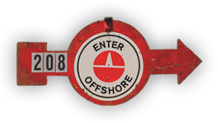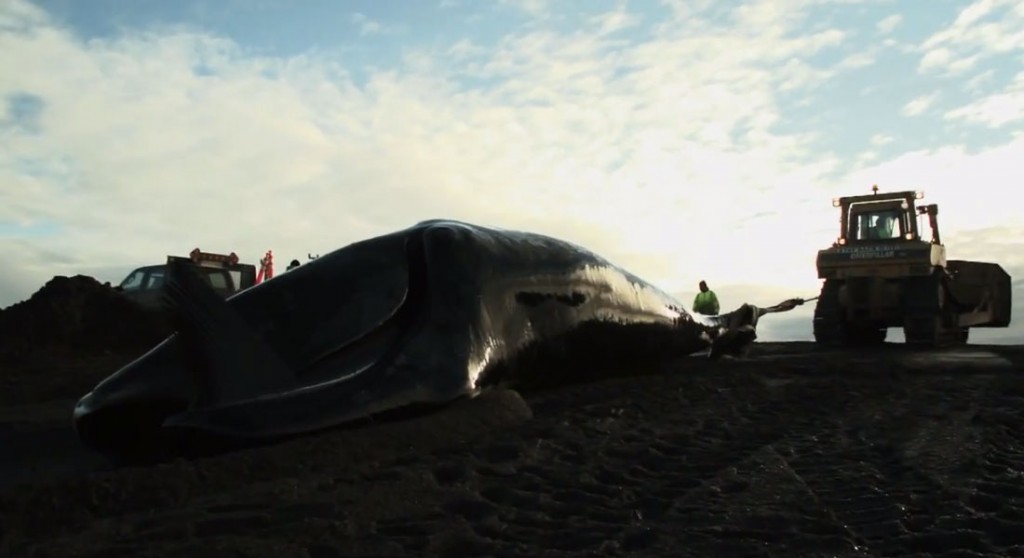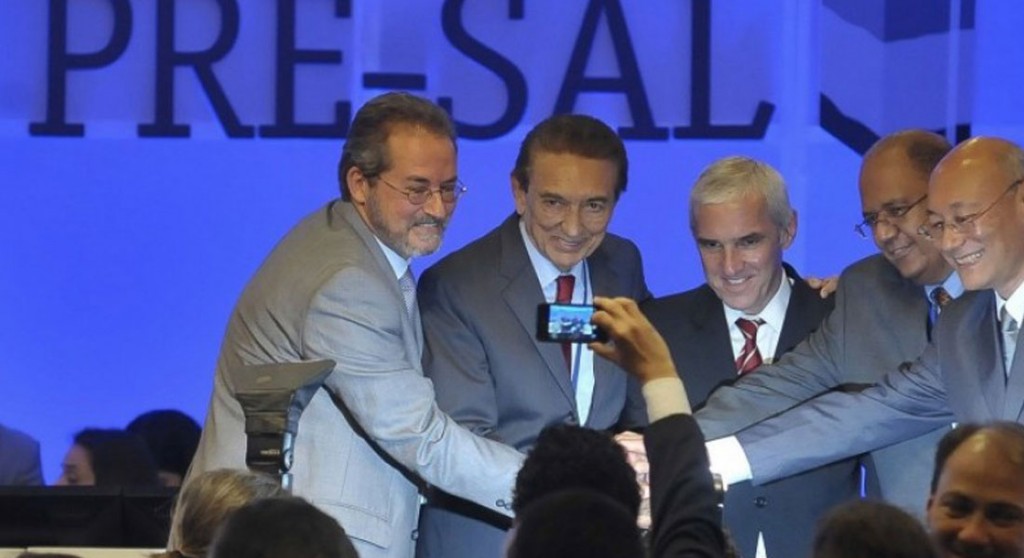“Moby Dick seeks thee not. It is thou, thou, that madly seekest him!” Starbuck, first mate of the Peoquod, tries one last time to prevent Ahab from attacking the whale.
Herman Melville’s epic novel about apocalyptic obsession was released to a mostly indifferent public in 1851, roughly co-incidental with what is generally recognized as the peak point of the North American whale oil industry.
In 1853, American ships, comprising about 81% of the global whaling fleet, killed about 8000 whales, bringing home 6 million barrels of oil.
This was a point of apogee where whaling was the fifth-largest U.S. industry and profits were high with whale oil prices ranging from $200 to $1500 per barrel. A sort of “Blubber Bubble” if you will. Whale oil lighting separated the haves from the have-nots, and sent the money-hungry to the most northern and southern stretches of the world’s oceans. Yet, two short decades later, the game had changed and production and prices had fallen to small fraction of their peak levels, while once-plentiful sources of supply as the sperm and right whales had been hunted to near-extinction. Petrochemicals had replaced blubber as the premier liquid fuel of the western world, both lighting the path and greasing the skids to our current condition of petro-addiction.
One hundred and fifty years and a trillion barrels of petroleum later, we are at another point of apogee. Like the Pequod and its crew, own “age of easy oil” is over, and we find ourselves looking mesmerized at something called the “Carbon Bubble”, shimmering black and breathtakingly large. The 21st century Captain Ahabs are a more well-groomed lot than Melville’s hairy protagonist, but as equally bent on pushing forward into the dark dangerous spots of the world.
The original premise of the Offshore documentary was centred on the concept of hyper-expensive oil. Crude prices of $100 a barrel or more were the key to unlocking billions and billions (and more billions!) of barrels of oil reserves previously inaccessible in deep and ultra deep fields in places like the Gulf of Mexico, the Bight of Benin, the Arctic Ocean, and the Pre-Salt deposits off of Brazil. The Deepwater Horizon explosion and resulting fallout of 2010 should logically have exposed the inherent dangers and potential for catastrophe in deep-water oil exploitation, but was this only a blip in an upwards bell curve of development.
But as of time of writing this post, crude prices are now well below the $100 a barrel level (roughly $51 on Feb 26, 2015). What does this mean? Well, there’s no easy way out of our crazy Pequod voyage, it would seem. The obsession remains, and harpoons have been replaced with gargantuan amounts of cash as apart of a complicated numbers game that blurs the distinction between large multi-national conglomerates and nation states.
In the case of newly completed offshore projects like the Chevron/Maersk/Statoil leases in Jack/St. Malo in the Gulf of Mexico, where $8 billion USD has already been invested, the break-even price is as low as $35 per barrel. For projects still in exploration and development, tie-backs to nearby existing offshore productions mean profits at $30 a barrel. All these numbers add up to an amazing transformation of expensive oil into cheap oil. Cheap oil might be crashing some economies, but it is fuelling others. So it passes that Russia’s pain becomes Japan’s gain. And an oil-producing country like the United States is still the worlds leading consumer of oil at almost 19 million barrels a day.
Moby Dick is a work of fiction from history, but the “Carbon Bubble” of 2015 is for real.
The net worth of fossil fuel companies is calculated on the basis of their declared reserves – the amount of technically and economically recoverable oil and gas. But today there’s a big catch: if the world ever does move toward significant and legally binding restrictions on carbon usage, most of those reserves will have to remain locked under the seabed or underground. Currently estimated at $20 trillion world wide, these reserves will become virtually worthless.
The aesthetics of Herman Melville’s novel are almost comically masculine: ‘dick’ and ‘sperm’ and ‘captain’ and ‘thrusting harpoon’. How easily these translate into the ‘probings’ and ‘drillings’ of the modern offshore oil industry! There can exist a weird primal feeling that the acquisition, extraction, and consumption of fossil fuels is somehow more ‘manly’ than questioning its sustainability. Real men burn oil. And like the whale oil of the 1800’s, petroleum is used to separate the haves from the have-nots, the men from the boys.
But consider the top image in this post, a whale on a beach in the Arctic community of Barrow, Alaska. This melancholy scene actually represents sustainability. Many of Barrow’s four thousand inhabitants rely on a fragile ecosystem in order to eke out subsistence living. The whale isn’t profit, it’s food, the product of a yearly hunt in waters now shared with the drilling platforms and oil rigs owned by Shell, and BP. No doubt, there is considerable material benefit to the community from their presence, but also a growing realization the community is being pushed aside by men who say “Step aside, simple villagers, we’re on a sacred mission to heat the world”.
Visit Barrow Alaska in Offshore International



